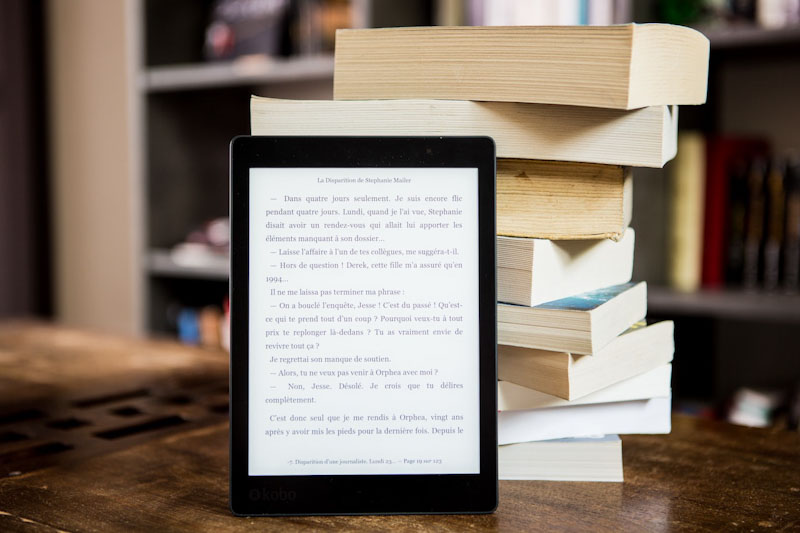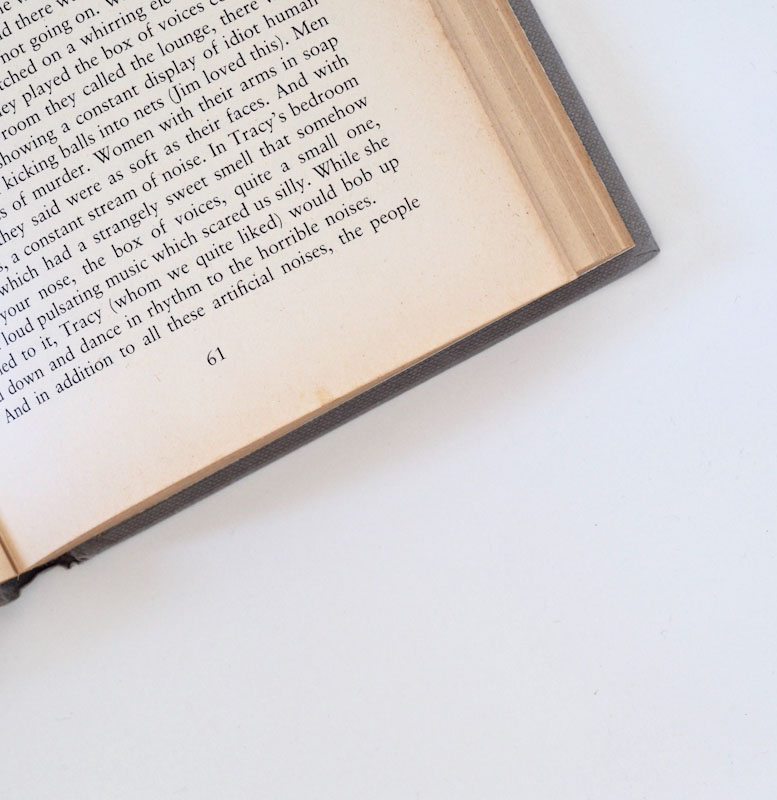PUBLISH YOUR BOOK
AN OVERVIEW
When it comes to publishing your intellectual property, you have more options than
ever. Below you’ll find succinct descriptions about the three main
models of book publishing: self-publishing, traditional publishing, and hybrid
publishing.
SELF PUBLISHING
TRADITIONAL PUBLISHING
HYBRID PUBLISHING
THE BOOK 2.0
Books are no longer what they used to be. In fact, the digital age has brought on a publishing existential crisis. In the past, books have been characterized by their physical appearances such as hard cover or soft and their page count. But today’s tablets and smartphones have made such descriptions obsolete. As a result, consumers’ expectations have shifted. The eBook can be a short manifesto sold for $.99 on Amazon, or it can be a multi-megabyte tome.

Whether you’re a first-time author or a book veteran, as a NEW YORK TIMES best-selling ghostwriter, I will help you accomplish your publication goals faster than otherwise possible. There is no one-size-fits-all formula to determine the best option for you. CONTACT ME and take the first step to publish your book.
SELF PUBLISHING
AUTHORS TAKE CONTROL
The One Minute Manager Fifty Shades of Gray Chicken Soup for the Soul What Color Is My Parachute? The Celestine Prophesy The Elements of Style
What do these blockbuster books have in common?
They represent notable books that began as self-published works. In other words, there’s nothing new or novel about self-publishing. Major publishers eventually picked up these titles and made them household names. What is new about self-publishing is how Amazon and electronic devices have created unprecedented opportunities for authors. In the digital age, authors are in more control over their intellectual property than ever before. Thus eBooks have added another threat to traditional publishing’s future.
For instance, Amazon singlehandedly shut down bookstores across the country, and the online superstore redefined the book genre itself. Today, the book giant not only encourages self-publishers, but it also has created a series of publishing entities that compete directly with the major publishing houses. Meanwhile, if major publishing houses continue to rely solely on their historic strengths—economies of scale and gatekeeping content—they will become obsolete.
After all, indie authors are becoming Amazon and iTunes bestsellers with thousands of books sold monthly, creating lucrative businesses with high profit margins and overseeing fan bases and marketing plans that extend around the world—all of which were formerly the domain of major publishers. To make matters more confusing, however, traditional publishers are offering àla carte services that are characteristic of self-publishing
TRADITIONAL PUBLISHING
MAINTAINING A LEGACY AND ADAPTING TO CHANGE
With its successes, self-publishing has shed its B-list status and taken center stage. At the same time, the benefits of big publishing houses continue: prestige, editorial and production resources, national marketing campaigns, and placement in the
remaining brick-and-mortar bookstores. In addition, self-published books can’t make it on the New York Times Best Seller list.
With its successes, self-publishing has shed its B-list status and taken center stage. At the same time, the benefits of big publishing houses continue: prestige, editorial and production resources, national marketing campaigns, and placement in the remaining brick-and-mortar bookstores. In addition, self-published books can’t make it on the New York Times Best Seller list.
Major publishers reserve most of their marketing prowess for blockbuster books that guarantee bestseller status such as those written by high-profile celebrities, politicians, and business leaders. If you’re one of these exceptional individuals, then traditional publishing definitely confers worthwhile advantages. But for the majority of authors, and nearly all first timers who aren’t household names, think twice. If you’re working with a traditional publisher because you expect it’ll back your book with its marketing might, you’ll most likely be very disappointed.

HYBRID PUBLISHING
TWO BOOK MODELS MERGE
If publishing was fast food, then hybrid publishers would be the Chipotle of book publishing. You select what you want—such as book design, editing, and marketing—and leave out what you don’t. In other words, you pay only for what you need. Generally, hybrid publishers work within the traditional publishing model but also offer self-publishing benefits such as allowing authors to maintain intellectual property rights, providing authors with higher profit margins, and giving them creative control.
At the same time, traditional publishers are offering à la carte services that are usually the domain of self-publishers. In addition, many hybrid publishers have a screening process where they accept and reject manuscripts—similar to traditional publishers. Thus it’s not always easy to determine whether a publisher is hybrid or traditional.
PUBLISHING CHART
TAKE A DEEPER LOOK AT YOUR OPTIONS
Book publishing is complicated, confusing, and rapidly changing. The chart below gives a broad overview addressing questions authors frequently ask me. Each of the following publishing options has its drawbacks and benefits.
(Hover image for more information)
SELF PUBLISHING
INTELLECTUAL PROPERTY OWNERSHIP
AUTHOR
BOOK DISTRIBUTION
AUTHOR'S RESPONSIBILITY
MARKETING
AUTHOR'S RESPONSIBILITY
AUTHOR PROFIT
40% TO 70%
UPFRONT COSTS (PRINT)
PRODUCTION, DISTRIBUTION, & FULFILMENT
TRADITIONAL PUBLISHING
INTELLECTUAL PROPERTY OWNERSHIP
PUBLISHER
BOOK DISTRIBUTION
PUBLISHER'S RESPONSIBILITY
MARKETING
AUTHOR & PUBLISHER'S RESPONSIBILITY
AUTHOR PROFIT
6% TO 15% ROYALTY MINUS ADVANCES
UPFRONT COSTS (PRINT)
NONE
HYBRID PUBLISHING
INTELLECTUAL PROPERTY OWNERSHIP
AUTHOR
BOOK DISTRIBUTION
PUBLISHER'S RESPONSIBILITY
MARKETING
AUTHOR'S RESPONSIBILITY - PUBLISHERS OFFER SERVICES AT A COST
AUTHOR PROFIT
30% TO 35%
UPFRONT COSTS (PRINT)
PRODUCTION, DISTRIBUTION, & FULFILMENT
Overall, self and hybrid publishing provide authors higher per-unit payouts than traditional publishing. Meanwhile, traditional publishers take on book production costs but pay authors less per unit sold.
There is no one-size fits all formula to determine the option best for you. To address the specifics of your project, CONTACT ME today.

